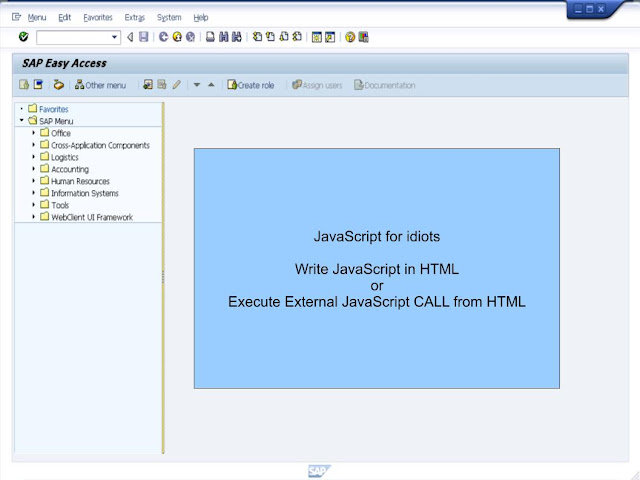In SAP MM as at ECC6.0 EhP6, which of the following can be created at the Storage Location data view ?
(more than one answers)
A) MPR3 data view.
B) MPR4 data view.
C) Purchasing data view.
D) Plant/Storage Location data view.
E) Accounting data view.
.
Answer: B, D
The SLoc data view for MRP4 and Plant/Storage are optional.
(more than one answers)
A) MPR3 data view.
B) MPR4 data view.
C) Purchasing data view.
D) Plant/Storage Location data view.
E) Accounting data view.
.
Answer: B, D
The SLoc data view for MRP4 and Plant/Storage are optional.
the Material Master data view can be extended via MMSC or MM01
the Material Master data view can also be extended via Goods Receipt to that Storage Location provided the IMG (t-code OMB3) set for "Allow Create Storage Location Automatically" for the Plant.
The above is TRUE for ECC6.
However, in S/4 HANA, the Material Master SLoc data view is no longer available.

















